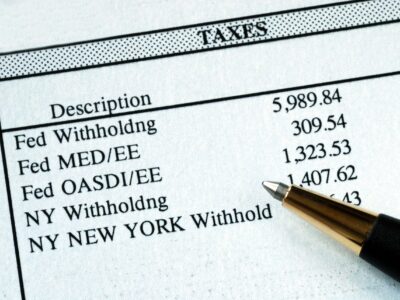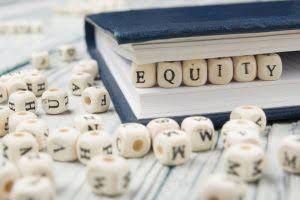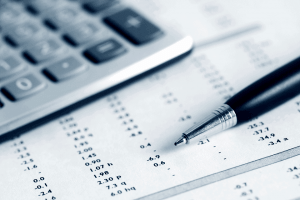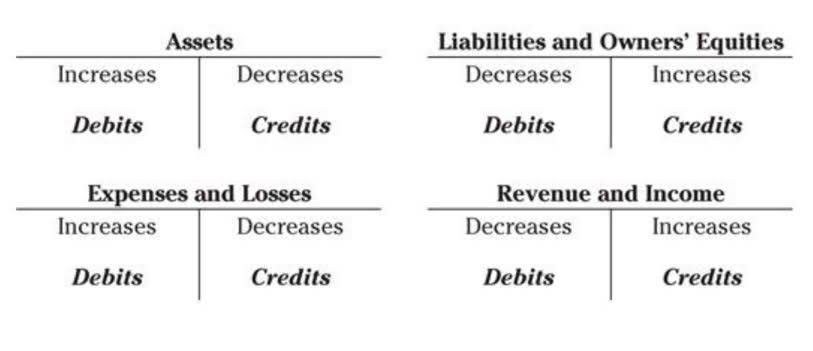
That’s why depreciation expense is lower in the later years because of the fixed asset’s decreased efficiency and high maintenance cost. The beginning book value is the cost of the fixed asset less any depreciation claimed in prior periods. Under the DDB method, we don’t consider the salvage value in computing annual depreciation charges.
What Is Fixed Asset Accounting? 4 Things You Need To Know
In other words, unlike other depreciation methods, the salvage value is ignored completely when the company calculates the declining balance depreciation. The company ABC has the policy to depreciate the machine type of fixed asset using the declining balance depreciation with the rate of 40% per year. The machine is expected to have a $1,000 salvage value at the end of its useful life. Also, this yearly rate of depreciation is usually in line with the industry average.
Cash Management

This method can offer insights into the asset’s efficiency and contribute to more precise cost management. Under GAAP, depreciation must be systematically allocated over an asset’s useful life to match expenses with revenues. The double declining balance method achieves this by front-loading expenses, which can be useful for assets generating higher revenues in their early years. While the straight-line depreciation method is straight-forward and most popular, there are instances in which it is not the most appropriate method. Assets are usually more productive when they are new, and their productivity declines gradually due to wear and tear and ledger account technological obsolescence.
- It ensures expenses are matched with the asset’s actual use, providing a more accurate financial picture, especially for assets that depreciate quickly.
- Like the double declining balance method, the sum-of-the-years’ digits method is another accelerated depreciation method.
- By discounting the anticipated future cash flows, the discounted cash flow (DCF) analysis approach is being used to value investments.
- The Excel DDB function returns the depreciation of an asset for a given period using the double-declining balance method or another method you specify by changing the factor argument.
Account
The straight-line method, for instance, is easier to calculate but doesn’t account for varying usage rates. Sum-of-the-years’ digits is another accelerated method, but it is less aggressive than DDB, making it more suitable for moderately depreciating assets. By prioritizing higher depreciation earlier, DDB provides a realistic view of asset value, especially in industries that rely on quickly evolving technology or high-use machinery. However, accelerated depreciation does not mean that the depreciation expense will also be higher. Instead, the asset will depreciate by the same amount; however, it will be expensed higher in the early years of its useful life. The depreciation expense will be lower in the later years compared to the straight-line depreciation method.

Salvage value in declining balance depreciation
- Though, the double-declining balance depreciation is still the declining balance depreciation method.
- Estimating salvage value accurately is essential for financial planning and tax compliance.
- It’s important to understand how this method works, especially if you’re studying accounting or managing finances.
- The Double Declining Balance Method (DDB) is a form of accelerated depreciation in which the annual depreciation expense is greater during the earlier stages of the fixed asset’s useful life.
- On the other hand, if the fixed asset provides the same or similar benefits each year to the company through its useful life, such as building, the straight-line depreciation will be more suitable in this case.
- Depreciation helps businesses match expenses with revenues generated by the asset, ensuring accurate financial reporting.
However, the 20% is multiplied times the fixture’s book value at the beginning of the year instead of the fixture’s original cost. The “double” means 200% of the straight line rate of depreciation, while the “declining balance” refers to the asset’s book value or carrying value at the beginning of the accounting period. One of the reasons DDB is considered an accelerated depreciation method is its focus on aligning expenses with the asset’s performance and value. This means businesses can reflect actual wear and tear in their financial statements, helping them plan expenses and taxes more effectively. A double-declining balance depreciation method is an accelerated depreciation method that can be used to depreciate the asset’s value over the useful life.
- Continuing with the same numbers as the example above, in year 1 the company would have depreciation of $480,000 under the accelerated approach, but only $240,000 under the normal declining balance approach.
- The fraction uses the sum of all years’ digits as the denominator and starts with the largest digit in year 1 for the numerator.
- Sara wants to know the amounts of depreciation expense and asset value she needs to show in her financial statements prepared on 31 December each year if the double-declining method is used.
- To accomplish the process, you have to put your data for, say, Initial Cost, Useful Life, and Salvage Value in the Depreciation Calculator.
- This convention provides a balanced method that reduces complexity while maintaining accuracy.
These eight depreciation methods are discussed in two sections, each with an accompanying video. The first section explains straight-line, sum-of-years’ digits, declining-balance, and double-declining-balance depreciation. In some cases, revaluation adjustments may be necessary for appreciating assets like real estate. IFRS allows companies to adjust these assets to fair value, with any increase recorded in other double declining balance method comprehensive income.
- We will cover everything from the basics to examples, making it easy for anyone to grasp.
- For example, a company that owns an asset with a useful life of five years will multiply the depreciable base by 5/15 in year 1, 4/15 in year 2, 3/15 in year 3, 2/15 in year 4, and 1/15 in year 5.
- However, depreciation expense in the succeeding years declines because we multiply the DDB rate by the undepreciated basis, or book value, of the asset.
- This process continues annually, with depreciation decreasing as the book value declines.
- ExcelDemy is a place where you can learn Excel, and get solutions to your Excel & Excel VBA-related problems, Data Analysis with Excel, etc.
- Under GAAP, depreciation must be systematically allocated over an asset’s useful life to match expenses with revenues.

The double declining balance (DDB) method is notable for its accelerated approach to asset depreciation, impacting a company’s reported earnings and tax liabilities by front-loading depreciation expenses. Interior Design Bookkeeping Like the double declining balance method, the sum-of-the-years’ digits method is another accelerated depreciation method. It is calculated by multiplying a fraction by the asset’s depreciable base in each year.
The Financial Modeling Certification

If you’d rather not spend time calculating MACRS by hand, consider alternatives to still get the most out of this depreciation method. Alternatively, think about reaching out to a reputable accountant for assistance calculating your business tax deductions. Find out how to calculate the MACRS depreciation basis of your assets as well as the different MACRS methods of depreciation used to write off different depreciable assets. Additionally, discover how and when to take advantage of MACRS convention periods.

Using the DDB method allows the company to write off a larger portion of the car’s cost in the first few years. This higher initial depreciation aligns with the rapid decrease in the car’s value and the heavy use in the early years. What makes DDB unique is that the depreciation is recalculated annually, based on the remaining book value, not the original cost. This results in a steep decline in value in the first few years, tapering off over time. However, it’s important to ensure that the book value never drops below the salvage value—the estimated worth of the asset at the end of its useful life.
